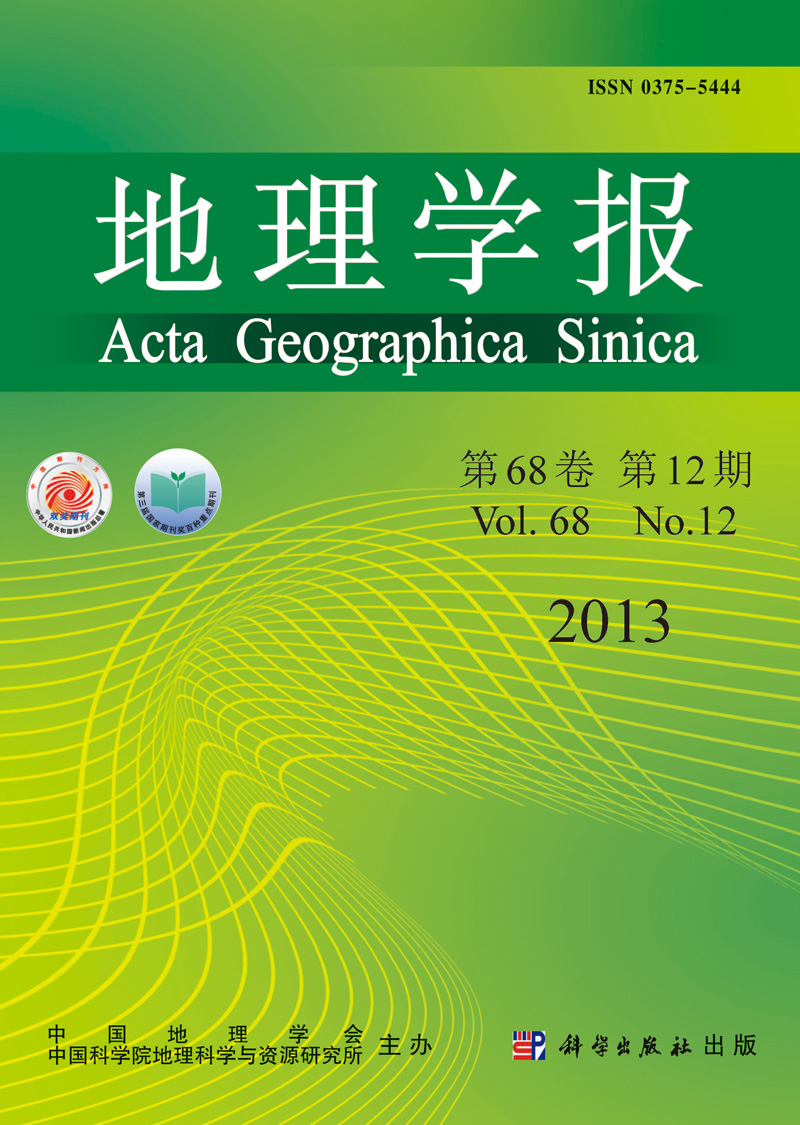HUANG Yi, MA Yaofeng, XUE Huaju
To some extent, the development of China's tourism industry originated from inbound tourism. Generally speaking, the tourism industry has been keeping rapidly increasing in quantity. On the other hand, we should pay enough attention to its quality situation which has a great influence on the sustainable development. But through literature review, we find that there are some deficiencies in the related research, such as lack of time-series research, little attention paid to the spatial association and full of one-sided perspective: quantity or quality. As a result, based on the data of inbound tourist's evaluation on the service quality from 1999 to 2009, this paper conducts a research on the service quality of inbound tourism in China, in the view of time, space, situation and regional influencing factors. Research methods include Theil index, ESDA, quality-quantity matrix and Pearson correlation coefficient. Some conclusions can be drawn as follows. (1) On the whole, inbound tourism service quality had been improving in China from 1999 to 2009. The situation of central region had been better than that of the east since 2006. But western region had been in the worst situation. (2) Service quality differences among provinces presented a convergent trend. The percentage of differences in regions was very high. In eastern and central regions, service quality differences presented a continuous reversed U-shaped pattern at low level, while those in western region changed greatly. It can be concluded that the conversion of service quality potential energy difference in eastern and central regions was better than that of the west. (3) Inbound tourism service quality did not show significant global spatial autocorrelation in most years, which was different from the situation of inbound tourist flow and tourism revenue. (4) The fluctuation of local spatial relationship was primarily caused by the quality reduction of neighbor provinces. LL zone expanded from southwestern inland to southern coastal area. (5) In eastern region, HH zone accounted for a large proportion, but its significant degree began to reduce. In central region, as the rise of Jilin Province, HH zone with Jilin Province as the centre came into being and its significant degree became higher than that of the Yangtze River Delta. Yunnan-Sichuan and Xinjiang-Qinghai-Tibet were the significant LL zones in western region. (6) As for the situation of quality-quantity, eastern region was the best, but the quality of some provinces began to decline while the reception number remained large. In central region, the development situation of quality was better than that of quantity. Both the quality and quantity developments were in bad situation in the west. According to the evolution of quality-quantity, the 31 provinces can be divided into 9 types. (7) Inbound tourism service quality was positively correlated with service facility, labor supply and economic living level, but it was not so much affected by inbound tourism revenue or reception number.
